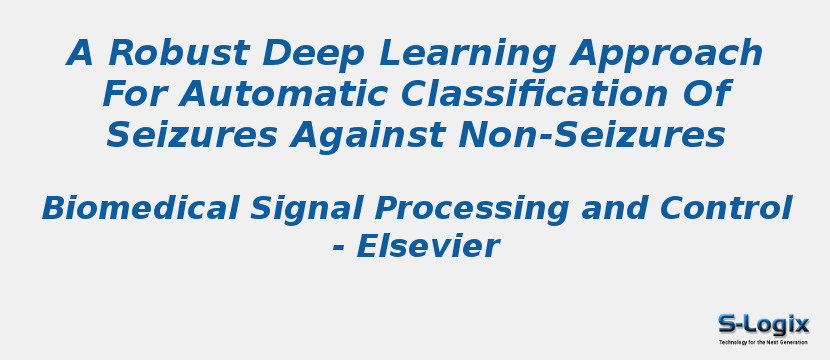Research Area: Machine Learning
Identifying epileptic seizures through analysis of the electroencephalography (EEG) signal becomes a standard method for the diagnosis of epilepsy. Manual seizure identification on EEG by trained neurologists is time-consuming, labor-intensive and a reliable automatic seizure/non-seizure classification method is needed. One of the challenges in automatic seizure/non-seizure classification is that seizure morphologies exhibit considerable variabilities. In order to capture essential seizure patterns, this paper leverages an attention mechanism and a bidirectional long short-term memory (BiLSTM) to exploit both spatial and temporal discriminating features and overcome seizure variabilities. The attention mechanism captures spatial features according to the contributions of different brain regions to seizures. BiLSTM extracts discriminating temporal features in forward and backward directions. Cross-validation experiments and cross-patient experiments over the noisy data of CHB-MIT were performed. We obtained average sensitivity of 87.30%, specificity of 88.30% and precision of 88.29% in cross-validation experiments, higher than using the current state-of-the-art methods, and the standard deviations were lower. These results indicate that our approach performs well against current state-of-the-art methods and is more robust across patients.
Keywords:
Author(s) Name: Xinghua Yao, Xiaojin Li, Qiang Ye, Yan Huang, Qiang Cheng, Guo-Qiang Zhang
Journal name: Biomedical Signal Processing and Control
Conferrence name:
Publisher name: Elsevier
DOI: 10.1016/j.bspc.2020.102215
Volume Information: Volume 64, February 2021, 102215
